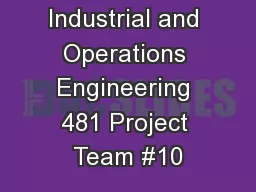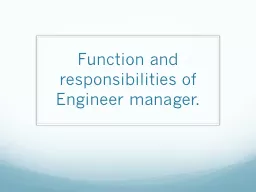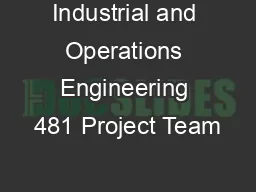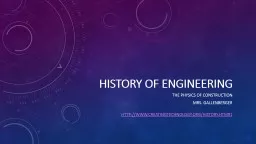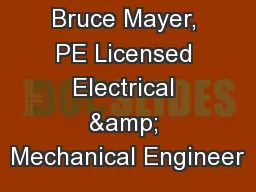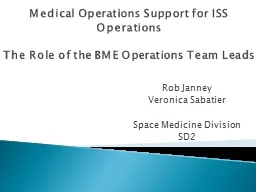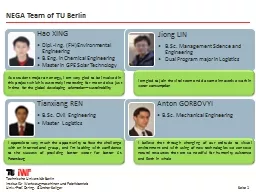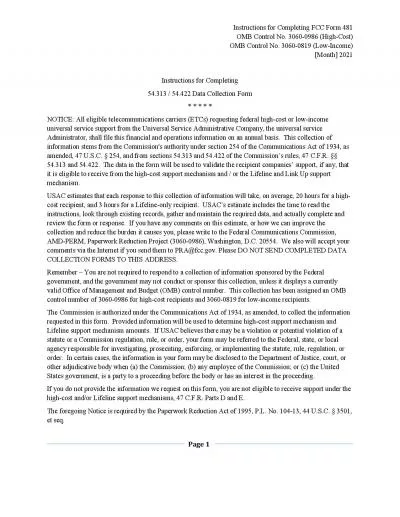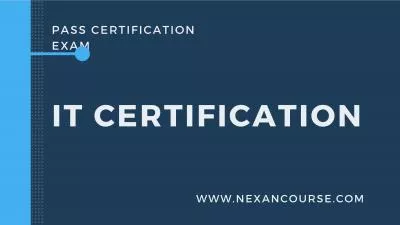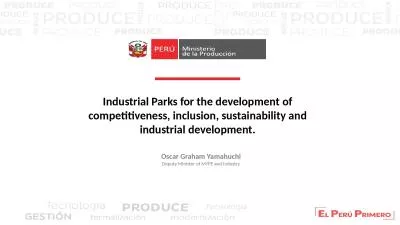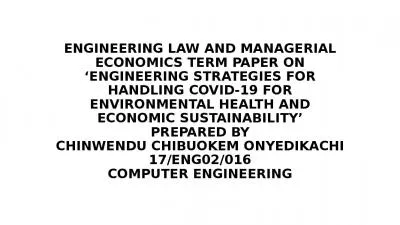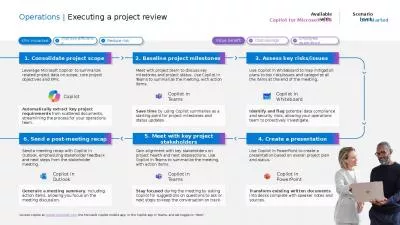PPT-Industrial and Operations Engineering 481 Project Team #10
Author : olivia-moreira | Published Date : 2018-02-27
Presented by Nicole Bartecki Jack Jasper Rishi Shah amp Emily Sweet December 13 2016 SWAT Patient Flow and Personnel Workload Final Presentation 1500 E Medical
Presentation Embed Code
Download Presentation
Download Presentation The PPT/PDF document "Industrial and Operations Engineering 48..." is the property of its rightful owner. Permission is granted to download and print the materials on this website for personal, non-commercial use only, and to display it on your personal computer provided you do not modify the materials and that you retain all copyright notices contained in the materials. By downloading content from our website, you accept the terms of this agreement.
Industrial and Operations Engineering 481 Project Team #10: Transcript
Download Rules Of Document
"Industrial and Operations Engineering 481 Project Team #10"The content belongs to its owner. You may download and print it for personal use, without modification, and keep all copyright notices. By downloading, you agree to these terms.
Related Documents

